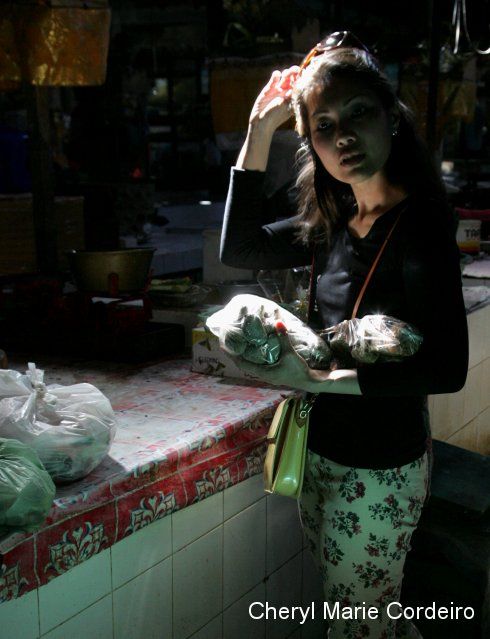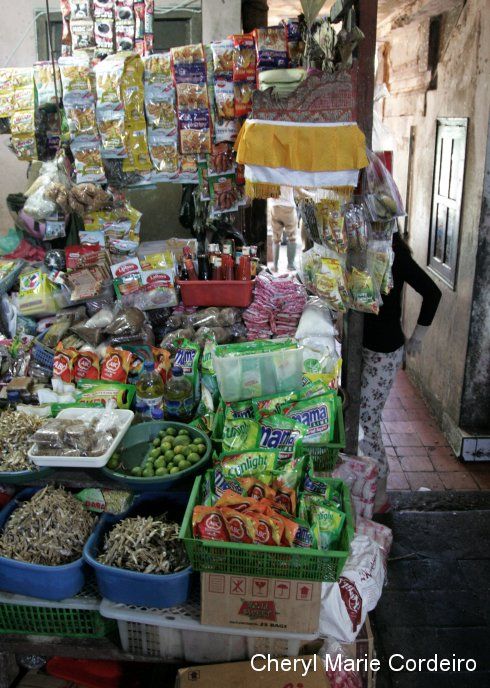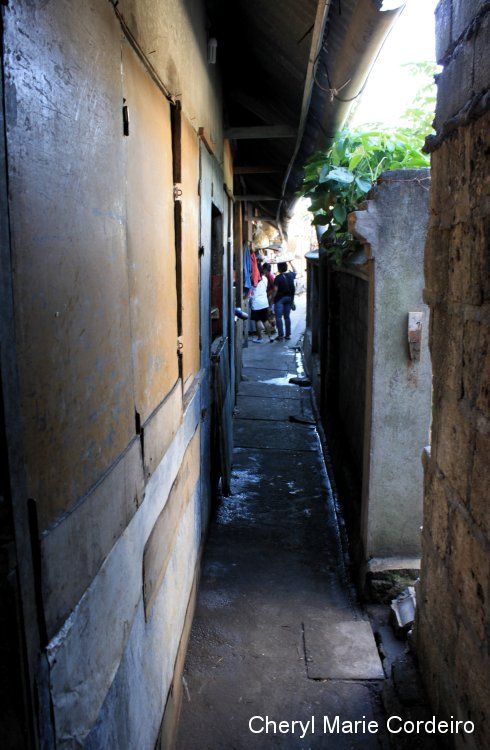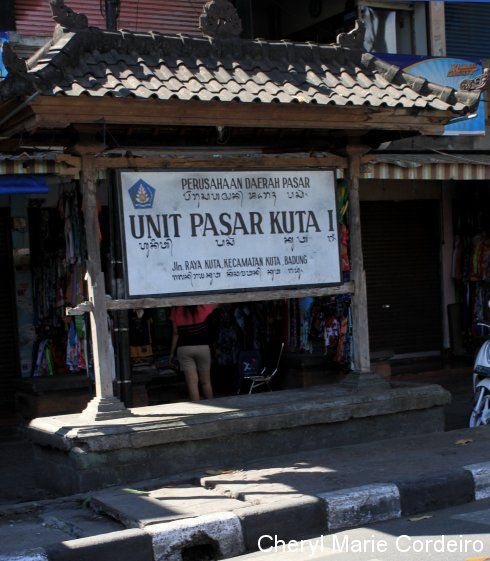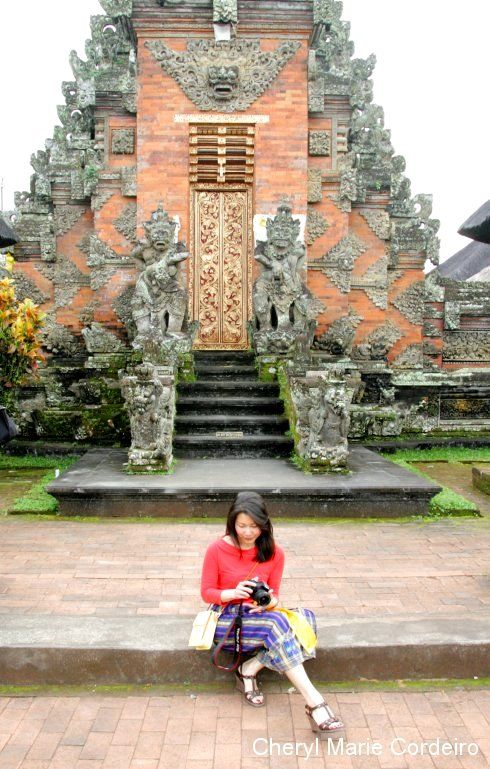Hi Cheryl,
Interesting article: thanks!
I am very interested in learning about the reasons why people in service & knowledge-based societies are reluctant to marry and have children.
I believe that a fundamental reason is the changing economic value of children: from assets to liabilities.
In rural societies, children were ”energy”. In our modern societies, children not only start being productive increasingly later in life but are also less willing to provide for their elderly parents. Labour markets’ demand for ”flexibility” also means that children find it harder to be physically close and economically solid enough to serve their ”filial piety” corvée. Some people will find that the wish to have children should not be based on economic incentives and should rather be based on ”love”.
Still, as you have pointed out in your article, having children for ”love” is a relatively recent idea in our history. Traditionally, political or economical reasons based the decision for marriage and children. Also, although humans are certainly capable of acts that transcend individual interests, they generally are driven by the satisfaction of practical needs, just like any other mammal: food, shelter, accumulation of resources.
I think that such shift on how children are perceived – from ”asset” to ”liability” – reflects a reality that is more certain, stable and lasting for potential parents than any of the incentives the Singaporean government is currently proposing. For this, I believe such incentives are destined to failure.
I wonder whether we are in a situation of ”heterochrony”: two systems – the productive system and the reproductive system – that evolve at different speeds. The societal forms subserving the reproductive system evolve at a much slower pace and we are now stuck with forms of marriage and family that fit the rural productive system but not the knowledge-based one.
Continue reading ”On managing heterochronous developments in Singapore”

![Vasquez, Rodriguez and Roemer (2008) arXiv:0807.2217v1 [cond-mat.dis-nn]:](https://cherylmariecordeiro.se/wp-content/uploads/2012/10/Multifractal-3D-Anderson-model.jpg)
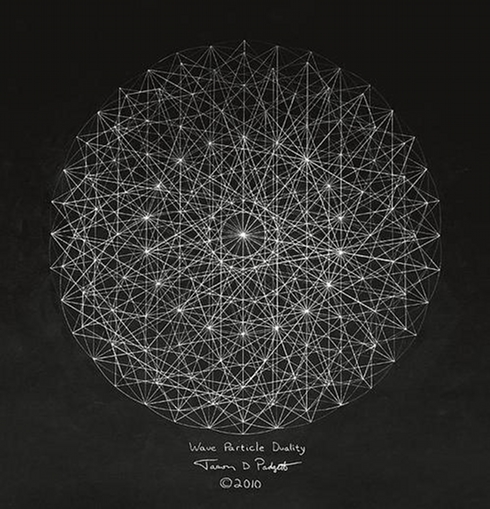
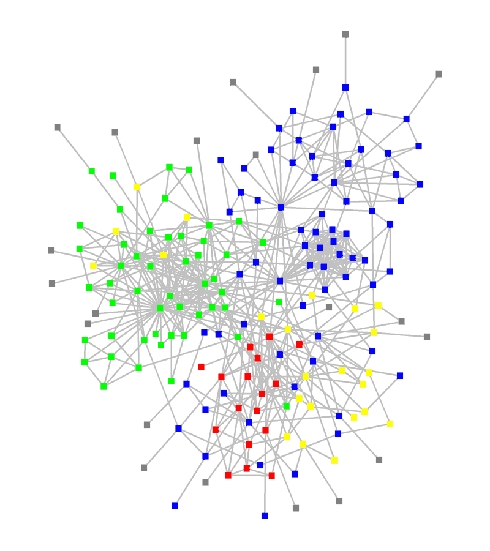
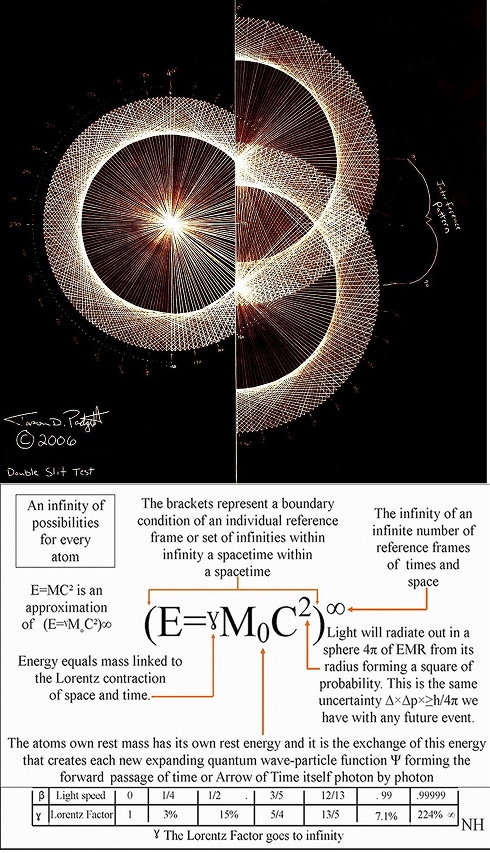

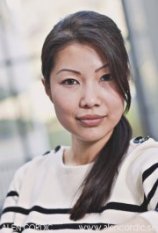
 On July 4, 2012, AsiaOne News ran an online article entitled “
On July 4, 2012, AsiaOne News ran an online article entitled “